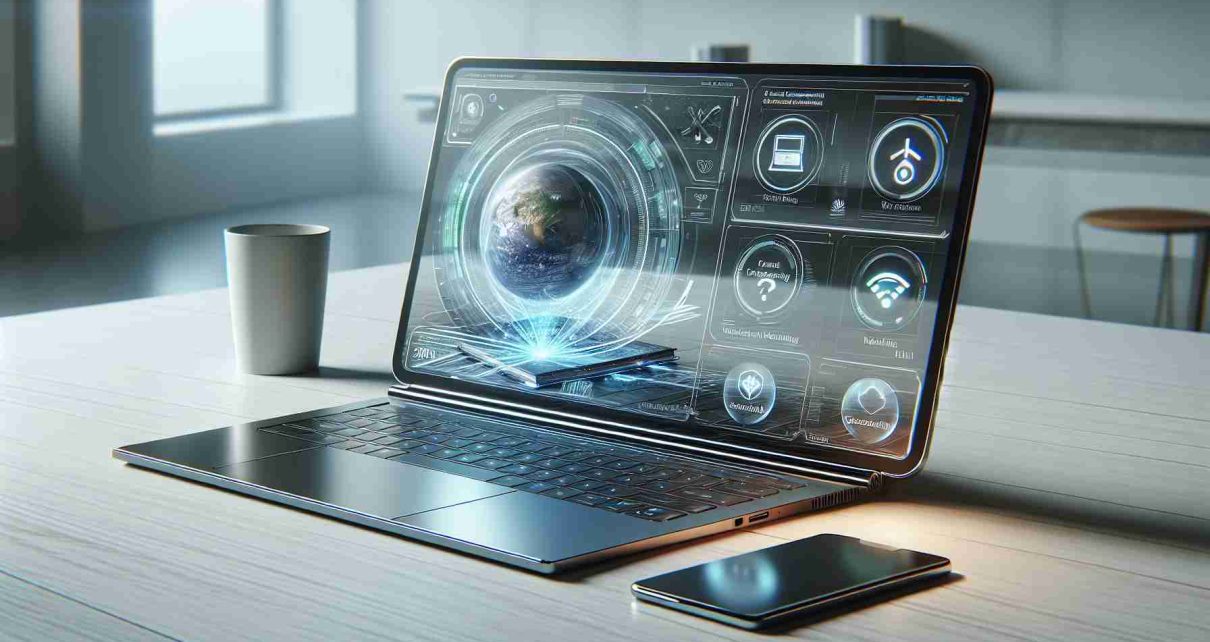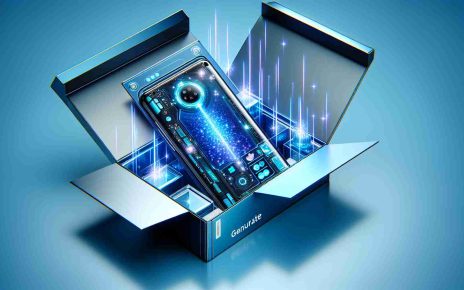Revolutionizing the Laptop Industry
An upcoming shift in laptop technology is set to redefine user experience more than ever before. Rumored to be launched in 2030, the new generation of laptops is said to introduce cutting-edge features and unparalleled performance upgrades.
Pushing Boundaries with Quantum Computing
Forget incremental updates – the 2030 laptop models are predicted to harness the power of quantum computing, promising lightning-fast processing speeds and unparalleled efficiency.
The Era of Holographic Displays
Say goodbye to traditional screens – the laptops of 2030 are expected to come equipped with holographic displays, providing users with a truly immersive viewing experience.
Unveiling the Epsilon Chip
Central to the advancement of these futuristic laptops is the Epsilon chip, a technological marvel that is poised to outshine its predecessors and revolutionize the way we interact with our devices.
Environmental Sustainability at the Core
In addition to technological advancements, the laptops of 2030 are designed with environmental sustainability in mind. From eco-friendly materials to energy-efficient components, these devices are paving the way for a greener future.
Embracing the Next Decade of Innovation
As we look towards the future of laptop technology, one thing is certain – the possibilities are endless. With each new advancement, we are one step closer to realizing the full potential of technology and reshaping the way we live and work.
Prepare yourself for the next evolution in laptop technology – the future is here, and it’s more exciting than ever before.
Revolutionizing the Way We Compute: What Lies Ahead in Laptop Technology
Amidst the anticipation surrounding the 2030 revolution in laptop technology, there are key questions that arise, giving us a glimpse of what the future holds. What impact will quantum computing truly have on these next-generation laptops? How will holographic displays change the way we interact with our devices on a daily basis? And what challenges must be overcome to ensure a smooth transition into this new era of computing?
Quantum Computing: Revolutionizing Speed and Efficiency
One of the most significant advancements in the upcoming laptops of 2030 is the integration of quantum computing technology. Beyond just faster processing speeds, quantum computing has the potential to transform the very core of how we perform computational tasks. The ability to handle complex calculations and simulations at an unprecedented pace opens up a world of possibilities for users, from advanced data analysis to groundbreaking scientific research.
Holographic Displays: Immersive Experiences Redefined
With the era of holographic displays dawning upon us, the way we interact with information and media is set to undergo a profound transformation. Imagine being able to manipulate 3D images and models with a simple gesture, or experiencing lifelike visualizations that blur the line between reality and virtual worlds. Holographic displays promise a level of immersion that was once relegated to science fiction, bringing a new dimension to our digital interactions.
Challenges and Controversies: Navigating the Path Forward
While the future of laptop technology holds immense promise, it is not without its challenges. From ensuring data security in the realm of quantum computing to addressing the potential strain on resources required for holographic displays, there are hurdles that must be overcome to fully realize the benefits of these innovations. Additionally, questions regarding the accessibility and affordability of such advanced technologies remain, highlighting the need for careful consideration and planning as we move forward.
Advantages and Disadvantages: Balancing Innovation and Real-World Impact
The advantages of the forthcoming laptop technologies are clear – heightened performance, immersive experiences, and environmental sustainability are just a few of the benefits that await users. However, with these advancements also come potential drawbacks, such as increased complexity in device maintenance, compatibility issues with existing software, and the need for specialized expertise to harness the full capabilities of quantum computing and holographic displays. Striking a balance between innovation and practical usability will be crucial in ensuring that these new technologies are truly transformative in a positive way.
As we stand on the cusp of a new era in computing, it is essential to address these important questions, challenges, and considerations to fully understand the impact that the future of laptop technology will have on our lives. Embracing innovation while remaining mindful of the potential implications is key to shaping a future where technology enhances our experiences in meaningful ways.
Prepare to delve into a world where computation transcends boundaries and visuals come to life – the future of laptop technology beckons, promising a revolution unlike anything we’ve seen before.



